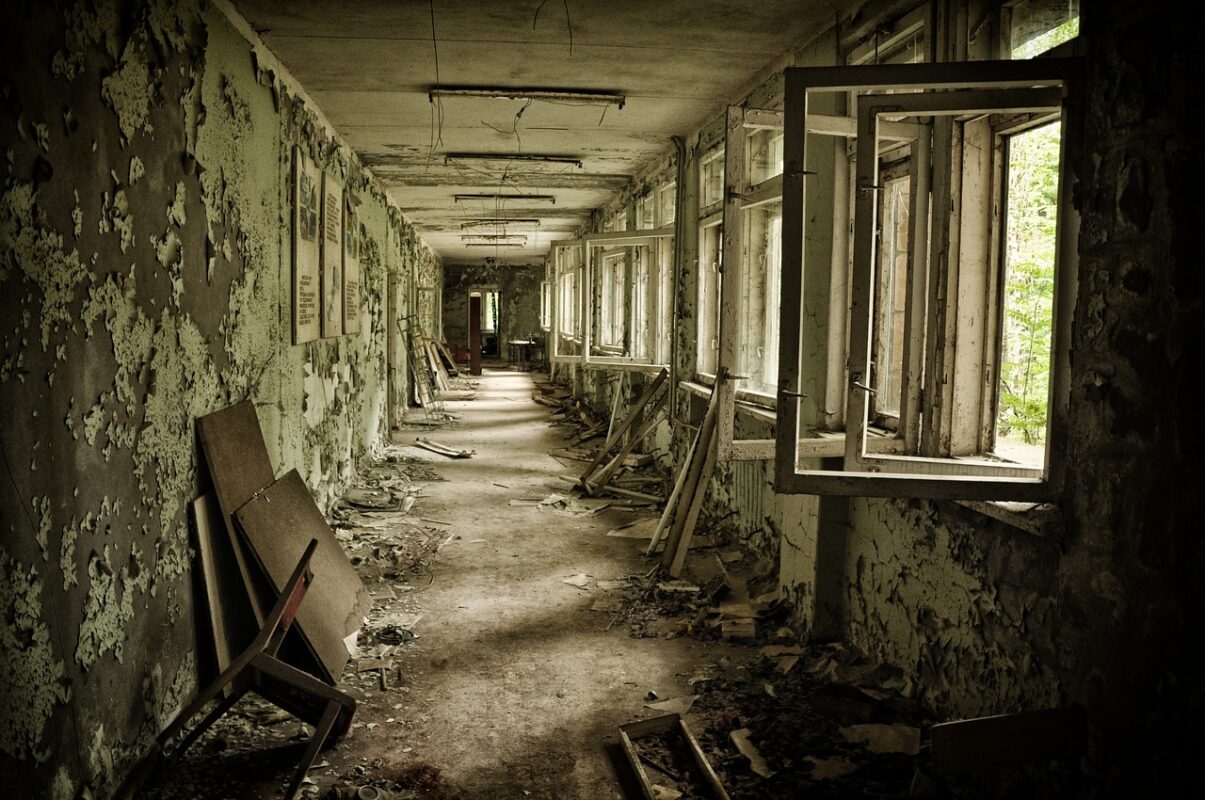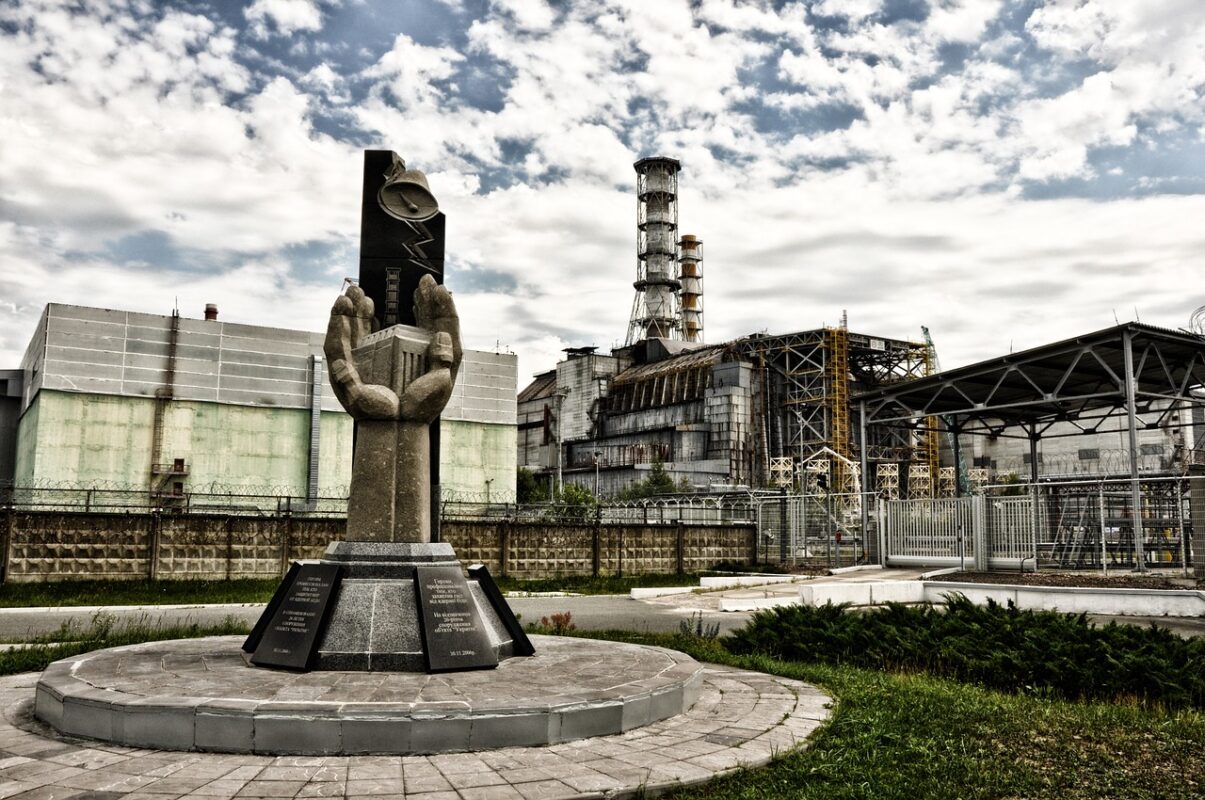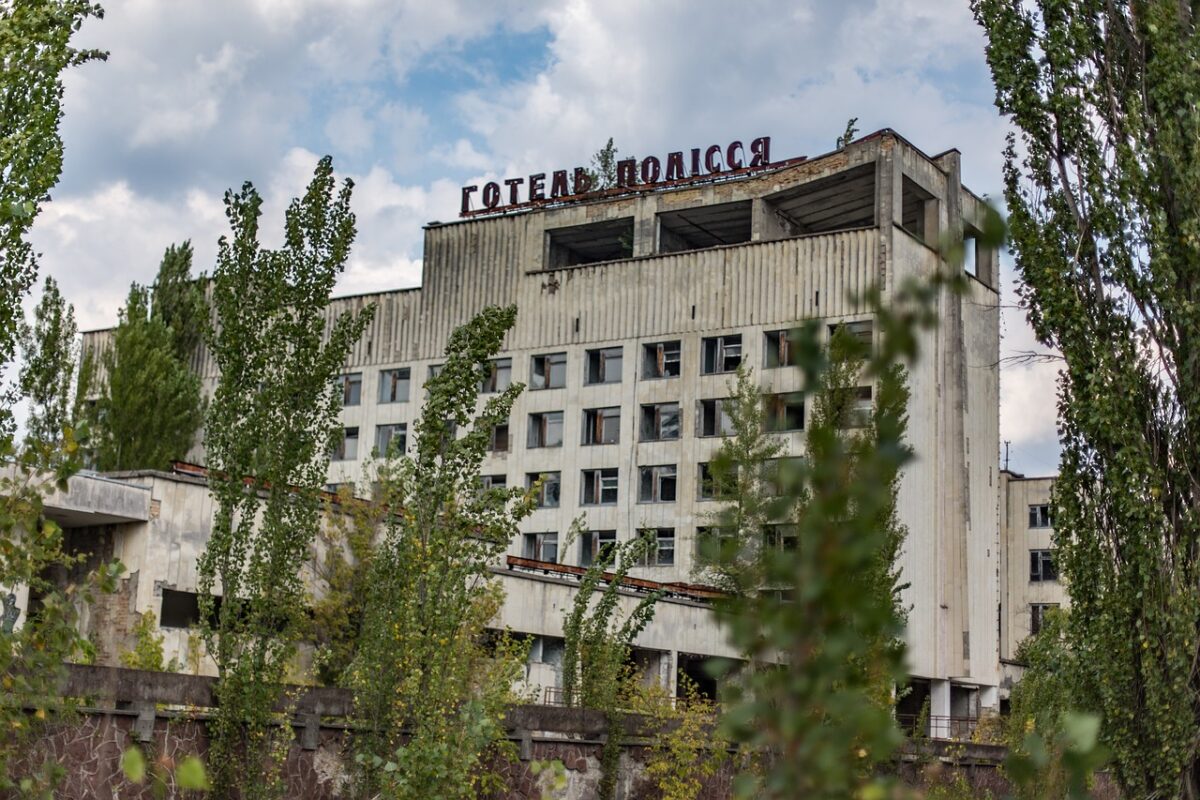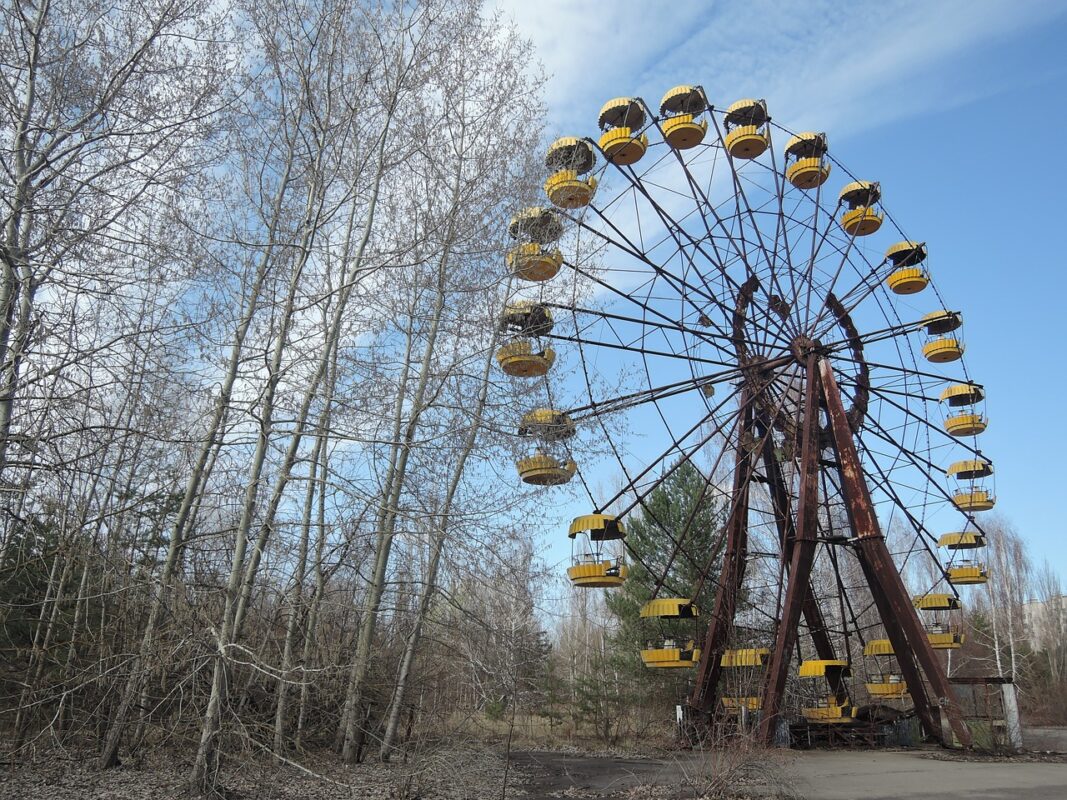Everyone’s heard of the Chernobyl disaster. To this date, it’s the world’s wost nuclear disaster, with thousands of people losing their lives and a vast area across Ukraine and Belarus becoming inhospitable.
However, you can nowadays visit the site of the 1986 tragedy. This chilling site is dark tourism at its finest, but it’s an important place to see to witness the potential scale of human destruction.
Before visiting the site, you might want to brush up on some important Chernobyl facts. These will give you more understanding of what happened there, providing some context before your tour.
Here are seven of the most fascinating yet chilling Chernobyl facts.
Nobody permanently lives in Chernobyl, but some people live there temporarily
Chernobyl is perhaps most famous for its ghost town, Pripyat. This is the town that you’ll see in pictures. This is very much a ghost town – nobody lives here because the radiation levels are very high in some places.
However, the town of Chernobyl sits 10 kilometres away and there are some temporary residents who live here sometimes – they usually stay here for periods of time while researching the area, and otherwise reside in Kyiv.
There are also some people who live unofficially in the area. Most often, these are people who were born in the affected villages and haven’t wanted to leave. This 90 year old man thinks that th secret to a long life is not leaving the town where you were born, so has stayed in his small Belarusian village where only he and his nephew currently reside.

There is still a toxic amount of radiation in some parts of Chernobyl
Some parts of Chernobyl have nowhere near enough dangerous radiation to affect you.
However, others still have pockets of radiation that are strong enough to kill a person. These are commonly found around Pripyat, and it’s thought that spending about four hours in these particular areas could be fatal.
Don’t worry about visiting though – this is why everyone visits Chernobyl on a tour. Your guide will know which areas to avoid, and will monitor the area for any changes while you’re there. Geiger counters provide useful hints of where to go and where to avoid due to radiation levels.

Animals still live in Chernobyl
One of the most interesting things that’s happened to Chernobyl – and one of the things that’s most commonly studied – is that animals have returned.
In a place without human intervention, flora has bloomed and fauna has returned. The juxtaposition of it being a place of destruction and devastation and the new life around it is something that tourists regularly comment on.
However, you can’t say that these animals have an idyllic life. They’re affected by radiation too, with an unusual amount of deformities and health problems. Sadly, animalkind seem to think that living somewhere without human interruption is more valuable than living radiation-free.
The world didn’t know about Chernobyl for three days
In today’s world, it’s hard to imagine that such an enormous disaster could be swept under the rug for three whole days. However, this is exactly what happened.
Remember, this happened in the USSR and in some of the last years of the Cold War. Admitting to such a huge global disaster would have been a big political faux pas – so the Soviet Union tried to do what they could to hush up the disaster first.
Firefighters worked on the blazing flames and helicopters dropped sand from above, in an effort to contain the contamination. Nobody was evacuated for 36 hours after it happened. However, eventually, a nuclear plant in Sweden detected radiation. They alerted the world that something was going on, probably east in the USSR.
Then, on the 28th April – three days after the disaster occurred – the USSR finally made a statement.

It happened because safety precautions were violated
One of the saddest facts about Chernobyl was that it didn’t have to happen. The RBMK reactor that was used was designed poorly, but it was ultimately workers not factoring in safety protocols that caused the disaster.
The workers were planning on routine maintenance and wanted to test whether, if the plant didn’t have power, the reactor could be cooled effectively. But this experiment wasn’t thought through, and it caused power to surge, eventually resulting in an eruption of radiation.
The number of people who lost their lives is unknown
The number of actual fatalities in Chernobyl is debated. It’s thought that around 30 people died in the intial blast, but countless people have gone on to develop cancers and other conditions related to the disaster and have died some years later.
This is one of the most devastating things about Chernobyl and nuclear technology; it can cause tragic deaths many years later.
The area will remain hospitable for many years to come

As I mentioned above, nobody lives in the main area of Chernobyl now. Scientists have predicted that it will be a whopping 20,000 years before this area of Ukraine and Belarus is suitable for humans to live in. And who knows what this planet will be like then?

